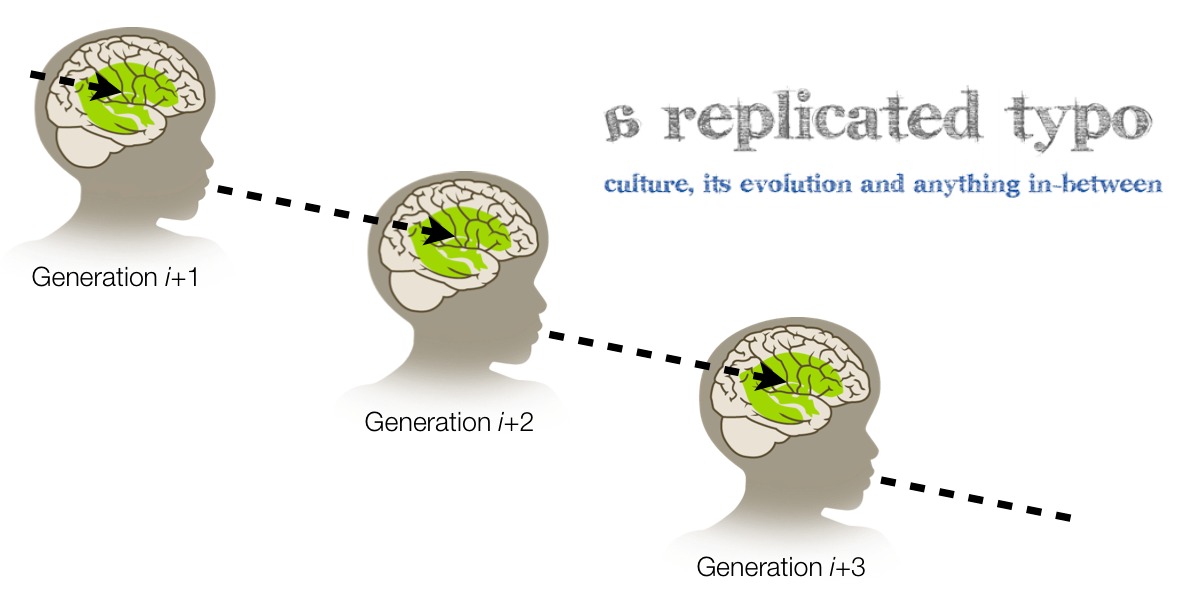Now I’ve had a month-long break from blogging you may, or may not, have noticed a few changes to the blog, notably the inclusion of three additional features: Dissertation, Minifeed and Basic Concepts. So from now on in, I will definitely be adding a post every day, and hopefully a research-related post every week or so. But before all this happens, I really suggest you go over and visit Babel’s Dawn, as Mr Bolles is putting much of us slightly less prolific bloggers to shame with his coverage of the ways to protolanguage conference.
As for my own opinion of protolanguage: yes, it probably existed, but I really haven’t got any more to add at the moment. It is a topic I plan on returning to in another post, although I’m not really sure I can add anything extra to the current debate. There is one thing, though: I do find debates on concerning the transition of protolanguage into a fully fledged language a bit tiresome. I mean we’re not even fully sure as to the impact that writing systems have had on how we speak. Take Chomsky’s favourite topic of recursion. As far as I know, there is no evidence of complex recursion being present in languages prior to the emergence of writing systems. It may be the case that writing allowed for languages with no, or very circumscribed, recursion in their syntax to develop into a system that allows for embedding of indefinite complexity.
In truth, you can argue many features of language didn’t appear until the development of writing, as there is no solid record of languages existing prior to this invention. This is a problem all linguists face, and it does require a lot of assumptions to be made beforehand — some of which are reasonable (languages did exist before writing) and some of which may be construed as not reasonable (literate societies process language in the same way as non-literate societies).
